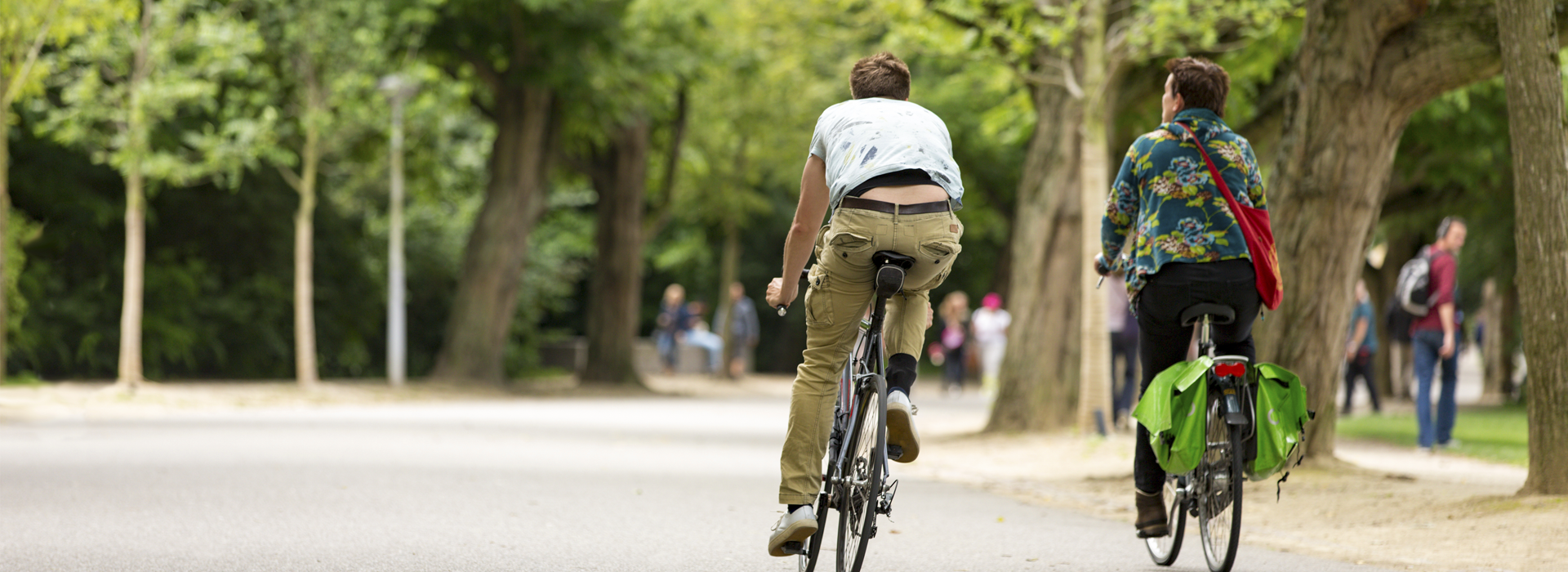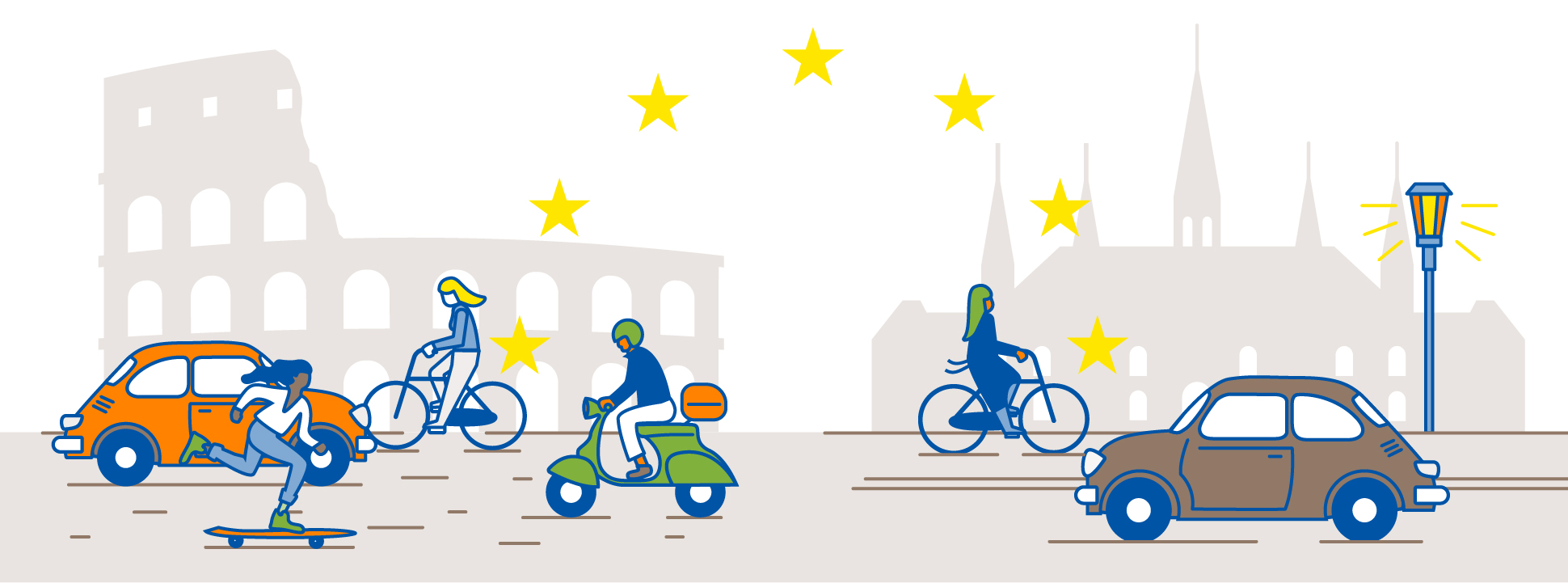Blog | 13 July 2023
Will Vienna become the most safe capital on road safety again?
It's almost here...
The second edition of the annual Urban Road Safety Index survey on perceptions of road safety in European capital cities will soon be published. Who feels safe, and who does not? In this blog, we look ahead!
Cyclomedia, in cooperation with research agency Multiscope, is conducting another survey this year on road safety in the eyes of road users from 16 European capital cities. Last year's first edition of the Urban Road Safety Index guaranteed some remarkable results.
Take the location of the safest capital cities. These are not in the traditional economic centre of Europe - from Madrid via London to Berlin. The most traffic-safe city according to residents was Vienna, the capital of Austria.
In second place was Poland's capital Warsaw. Helsinki in Finland closed the top three last year. So it is certainly not the case that the prosperity peculiar to more western located countries automatically leads to more road safety.
Modern infrastructure
Also surprising is that last year, Amsterdam was only ranked 11th in the Urban Road Safety Index. Amsterdam, with its modern infrastructure, with its sleek roundabouts and separate tram, bus and bicycle lanes, was thus in the bottom half of the list.
This, surveyed Amsterdammers somewhat secretly stated, was not necessarily due to the quality of the roads. Amsterdam's roads are great, Amsterdammers said, but they also said they often did not feel safe on the road. Huh? We will return to this conundrum in a subsequent blog, following the 2023 survey.
Besides surprising, there were also some logical results. Rome, founded in the year 753 BC, is anything but built for modern traffic. At the same time, it is an immensely busy city with nearly three million inhabitants. So it should come as no surprise that the city is considered traffic unsafe by residents.
Only two months to go
The Urban Safety Index 2023 survey is just two months away. The results will be unveiled in early September. The key question is: if differences can be seen in the results, do they indicate that governments are reaching their targets?
The dominant regulatory player in this area is increasingly Europe. In 2021, for instance, the European Commission (EC) presented its Sustainable and Smart Mobility Strategy. Stated goals are to halve the number of traffic fatalities between 2020 and 2030 and to have zero traffic fatalities by 2050: the Vision Zero thinking.
With successive directives, the EC has been deciding for several years what the European road network should look like, what safety standards vehicles should meet, how safe road behaviour can be encouraged, and so on.

Platform for governments
The European Road Safety Charter initiated by the Commission serves as a platform for governments, companies, schools and other organisations to share knowledge and set up initiatives.
It is then up to national and local authorities to interpret and implement European legislation and also to harmonise European and existing laws and regulations.
What do all these initiatives bring? Local and national governments do their own research, while the Brussels-based non-profit European Transport Safety Council does research into, among other things, numbers of traffic fatalities throughout the European Union.
With comparative material
What did not exist until last year was broader research into citizens' perceptions: what do all those results mean? Cyclomedia adds that research to the debate, this time for the first time with year-on-year comparisons.
In addition, and finally, the survey zooms in on the topic of sustainability. With all the developments in electric traffic and shared mobility, there are plenty of opportunities and scenarios to make the city cleaner at a rapid pace. But the roll-out of those clean electric vehicles does appear to come with considerable safety risks - especially because of the speed of all the electric scooters, scooters and skateboards.
What would city dwellers consider most important: the sustainable convenience of the e-bike, or safety?
